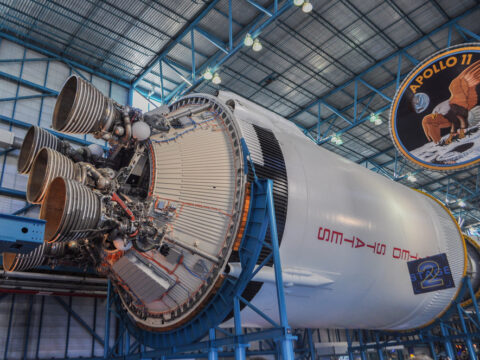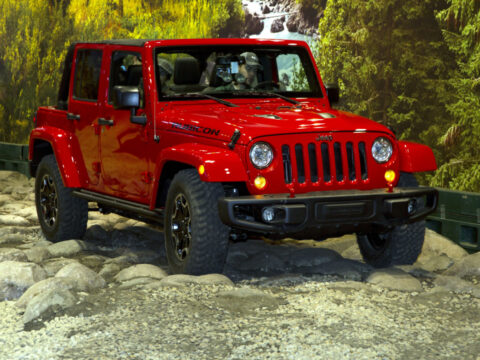With their roaring engines and iconic silhouettes, muscle cars are the poster children of a bygone era of raw power and unbridled passion. But beneath their shiny hoods and alluring exteriors lie stories untold—of quirks, kinks, and occasional hiccups.
Contents
Overheating
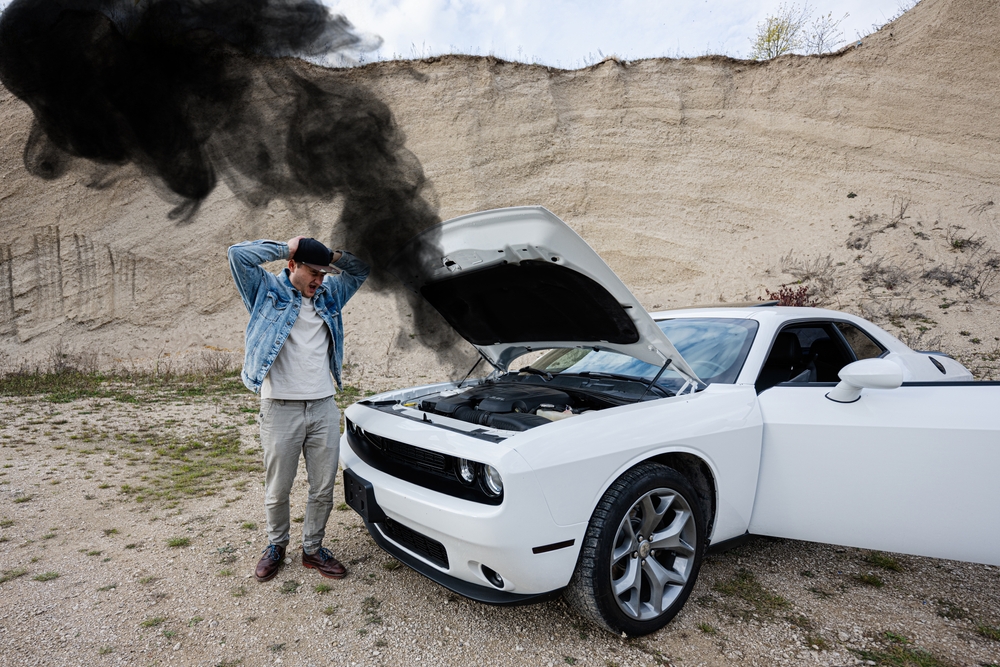
Many classic muscle cars have a tendency to overheat, especially in traffic or during hot weather. This is due to a combination of factors, such as outdated radiator designs, insufficient cooling systems, and high-performance engines. People often overlook this, attributing it to the car’s age or assuming it’s a common feature of all powerful engines.
Braking Inefficiencies

Vintage muscle cars were designed during an era when braking technology wasn’t as advanced. They often have drum brakes, which don’t dissipate heat as effectively as modern disc brakes. Enthusiasts sometimes ignore this flaw, believing that muscle cars are primarily about power and speed, not stopping.
Fuel Inefficiency

Muscle cars are notorious for their thirst for fuel. Their powerful engines and carbureted setups are not as fuel-efficient as modern fuel-injected systems. Yet, many owners see this as part of the charm or a “necessary evil” for the raw power they deliver.
Rust Issues
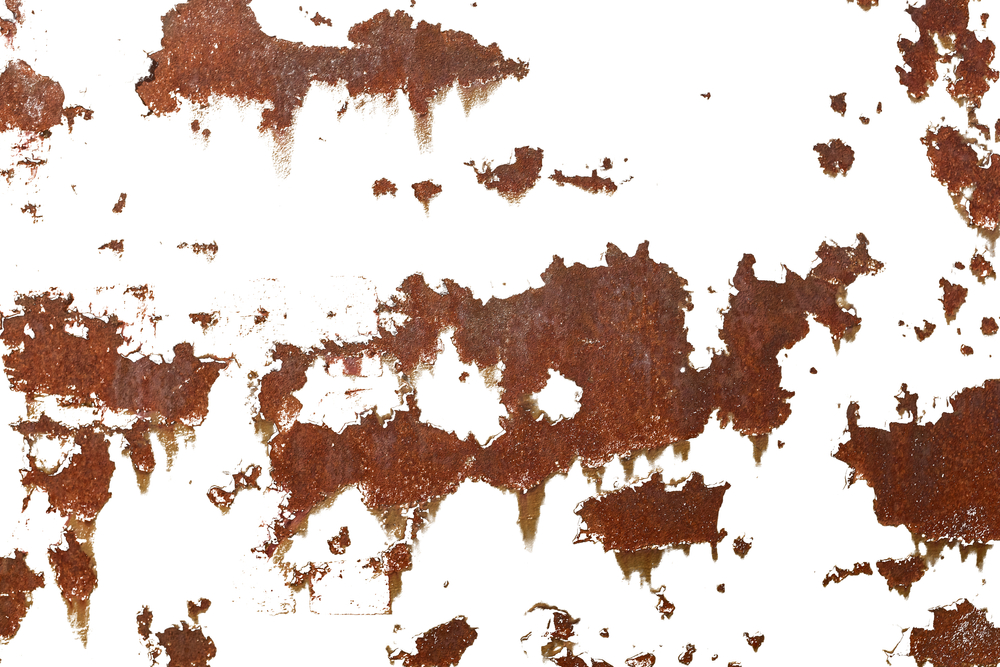
Rust is a common enemy of classic cars, especially muscle cars from the ’60s and ’70s. The protective coatings and rust prevention methods back then weren’t as effective as they are today. While some rust is expected, many overlook its extent due to emotional attachment or the allure of the car’s overall appearance.
Lack of Safety Features
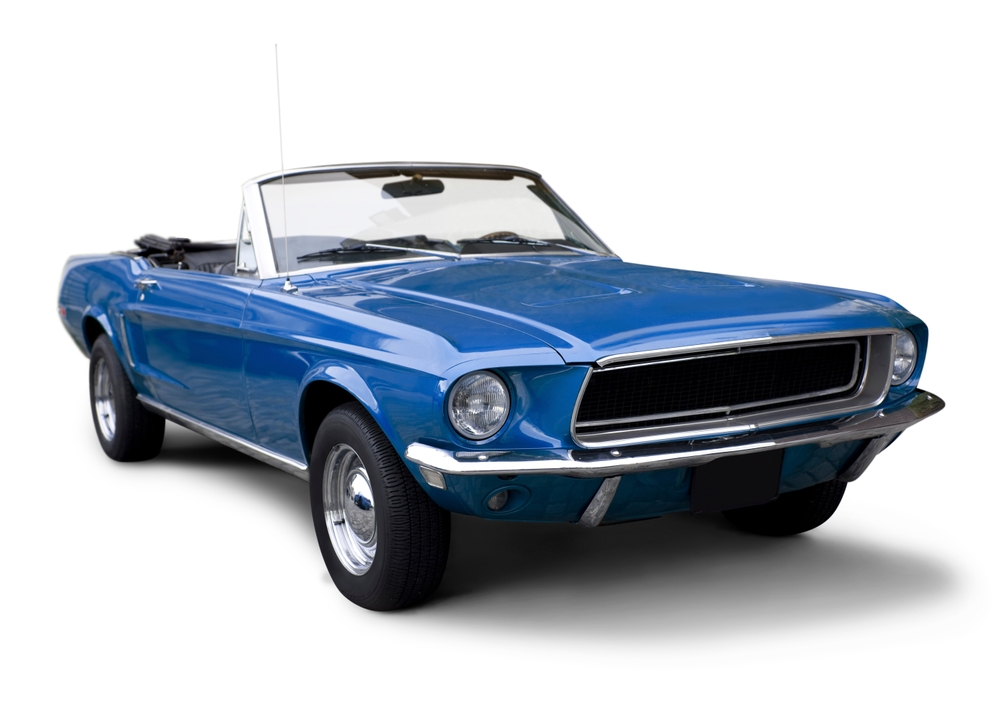
Older muscle cars often lack modern safety features like airbags, crumple zones, and advanced seat belts. Some enthusiasts dismiss these concerns, focusing on the driving experience and the vehicle’s historical authenticity.
Suspension Shortcomings
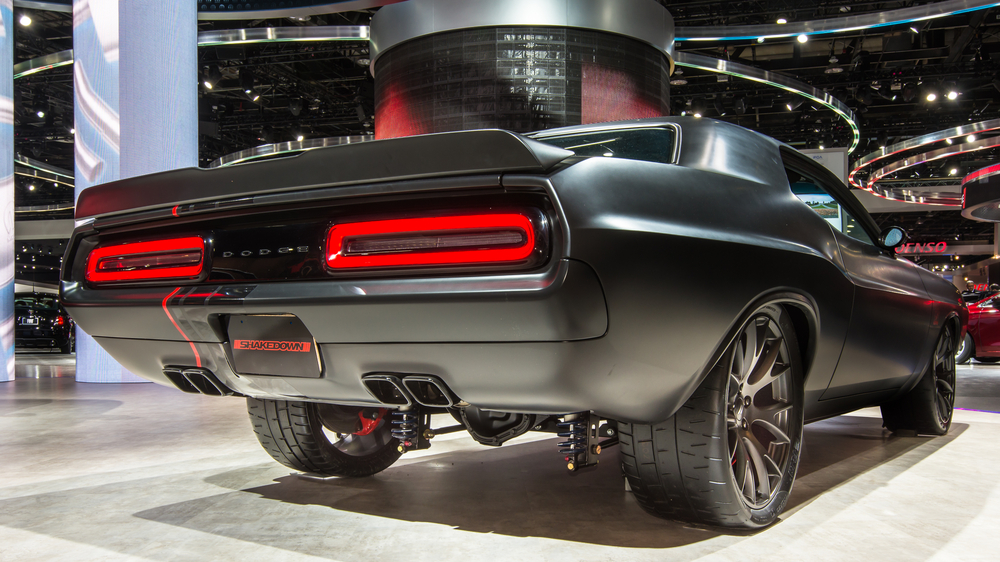
Many classic muscle cars have outdated suspension systems, which can lead to a rougher ride and less precise handling compared to modern standards. Despite this, the visceral feel and connection to the road make some owners dismiss the need for upgrades.
Electrical Issues
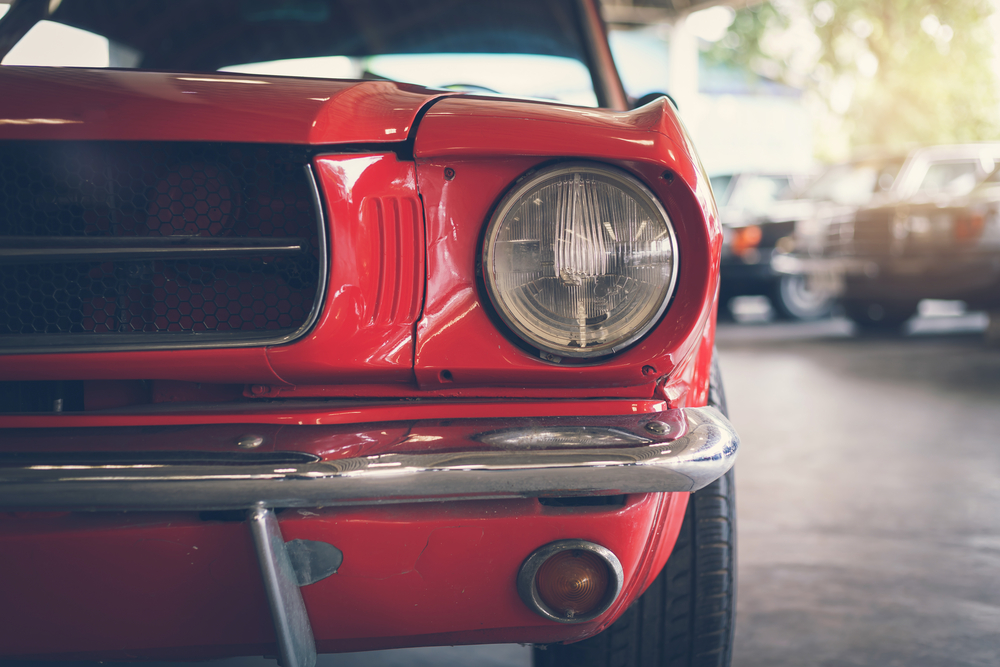
The electrical systems in older muscle cars can be a source of numerous problems, from erratic gauges to malfunctioning lights. Enthusiasts might overlook these quirks, attributing them to the car’s age or viewing them as minor compared to the vehicle’s overall appeal.
Tire and Wheel Limitations
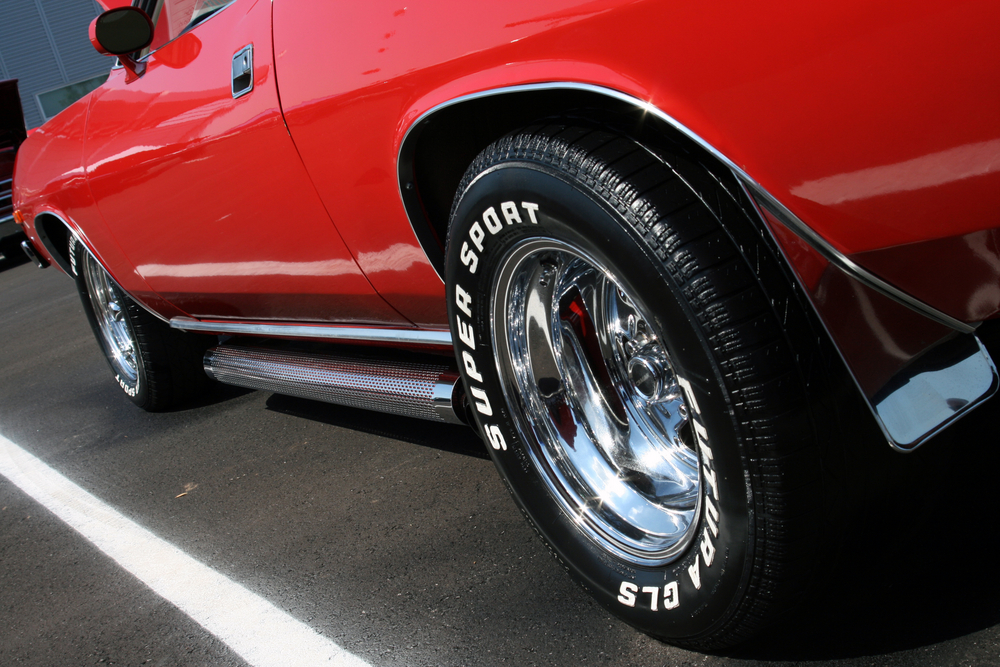
Vintage muscle cars were often fitted with bias-ply tires, which don’t grip or handle as well as modern radial tires. Despite the clear benefits of updating to modern tires and wheels, some purists choose to stick with the originals for authenticity.
Limited Part Availability
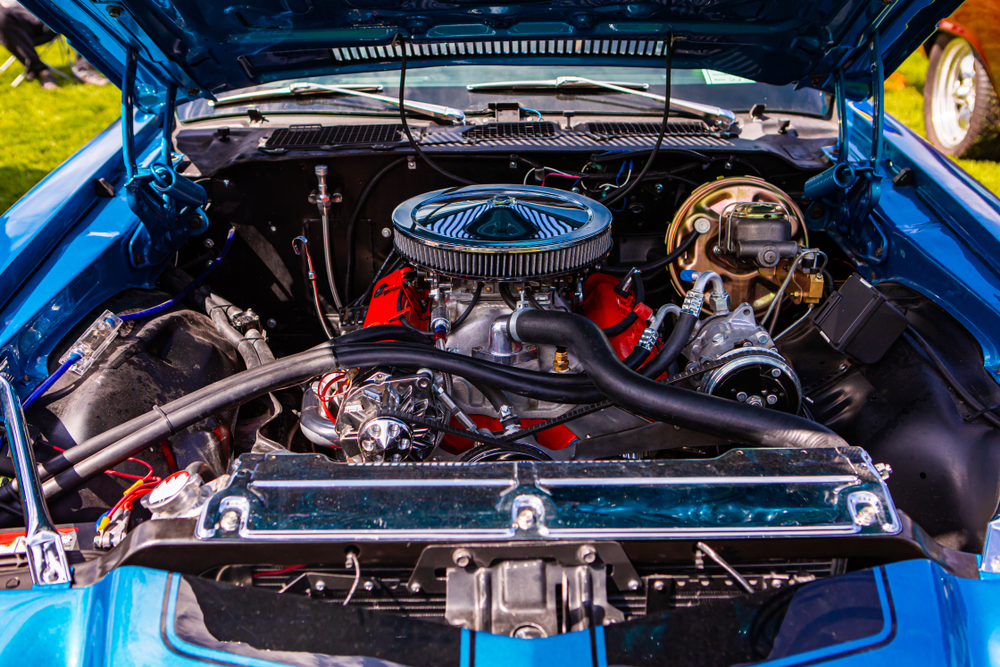
Finding replacement parts for classic muscle cars can be challenging and expensive. While aftermarket parts are available, they may not always be true to the original design or quality. Many owners overlook this, either out of devotion to the car or underestimating the maintenance required.
Inadequate Weather Sealing
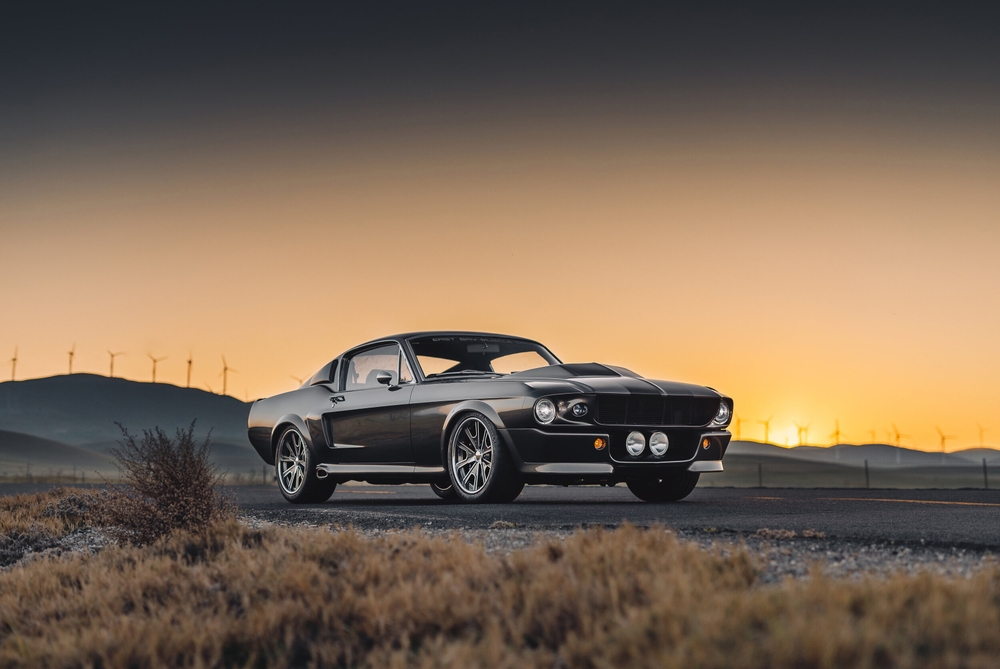
Older muscle cars often have subpar weather stripping and seals, leading to leaks during rain or the infiltration of road noise. These issues are sometimes ignored because they seem minor, or owners might believe that such imperfections come with the territory of owning a classic.
This article originally appeared on MyCarMakesNoise.
More from MyCarMakesNoise
13 Car Oil Filter Brands You Must Avoid
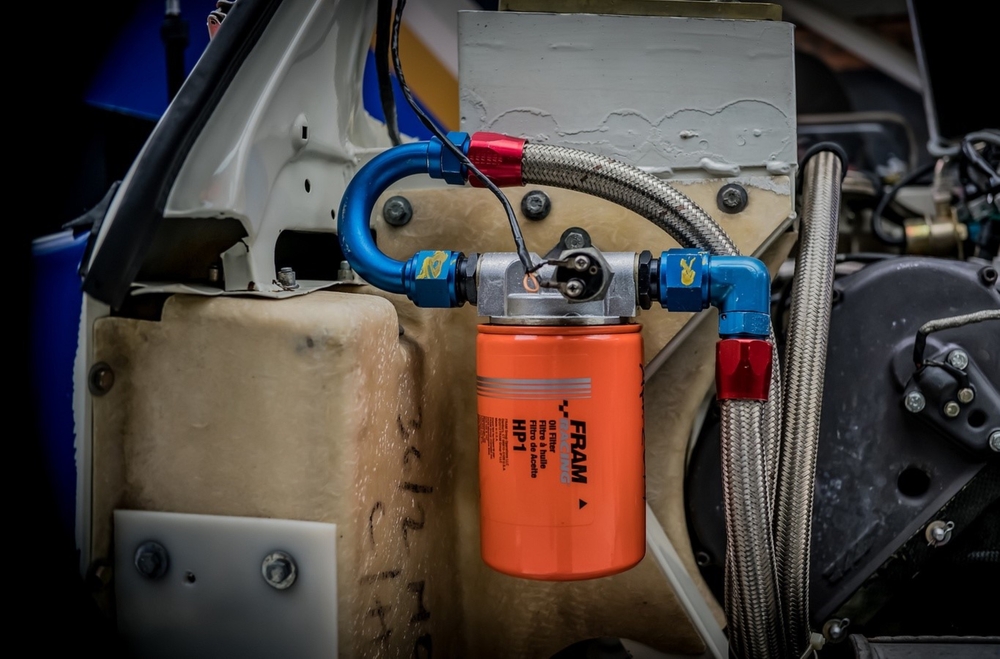
Maintaining your vehicle’s health starts with selecting high-quality components, and few are as critical as the oil filter. Unfortunately, several brands have consistently fallen short in performance and reliability. Read More.
11 Vehicles That Millennials Aren`t Buying
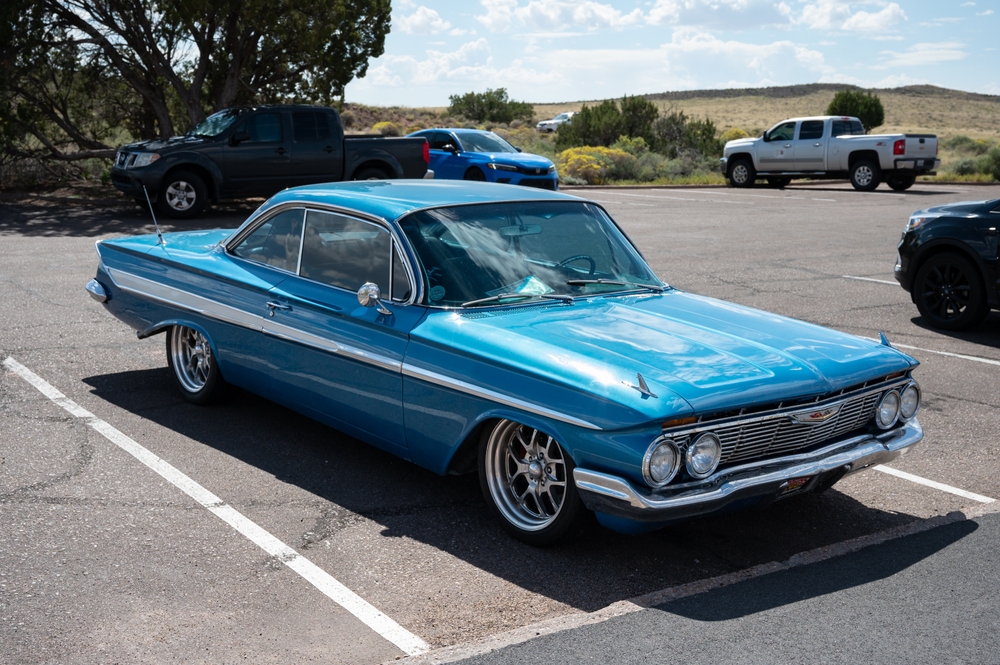
Millennials, a generation often accused of disrupting well-established industries, have again set their sights on the automotive world. Read More.
13 Most Irritating Car Features According to Drivers

While modern cars boast an array of advanced features aimed at enhancing comfort and safety, some of these innovations can inadvertently lead to driver frustration. Read More.


